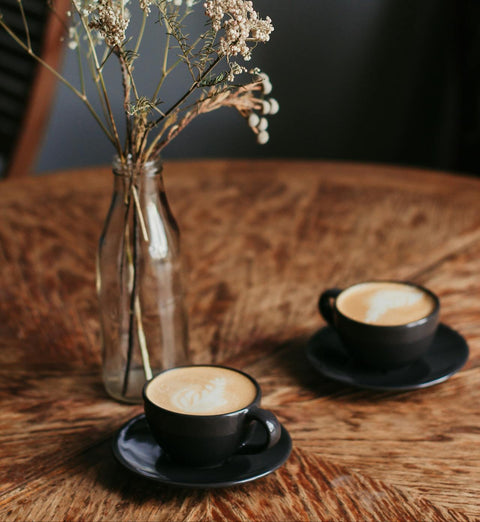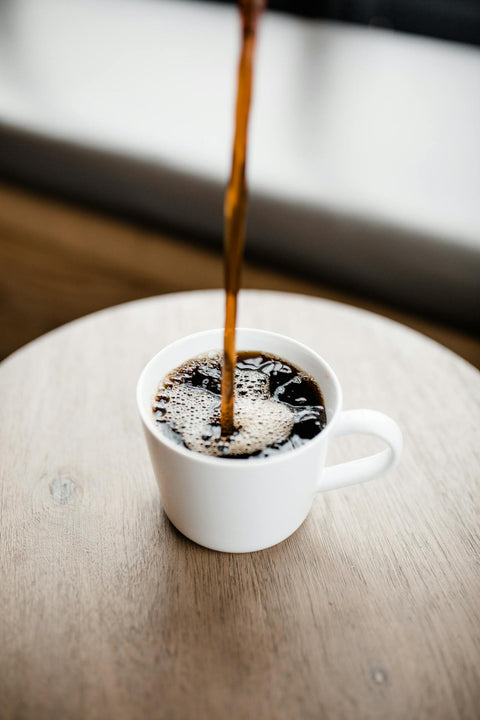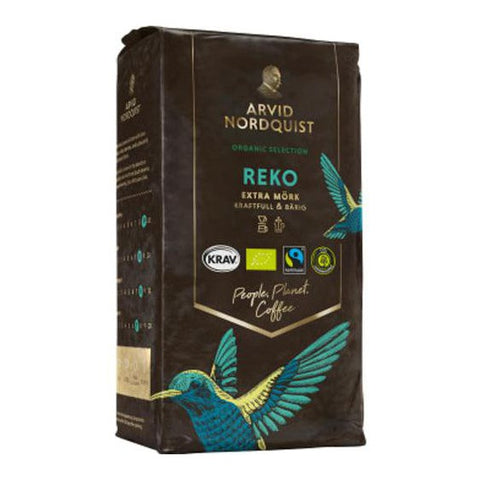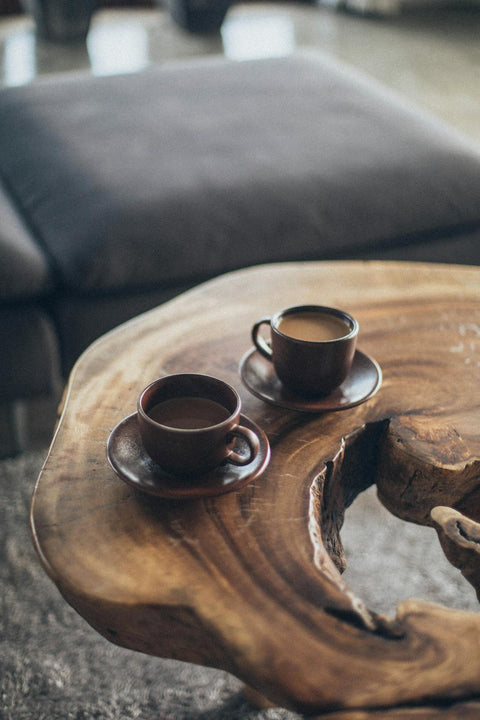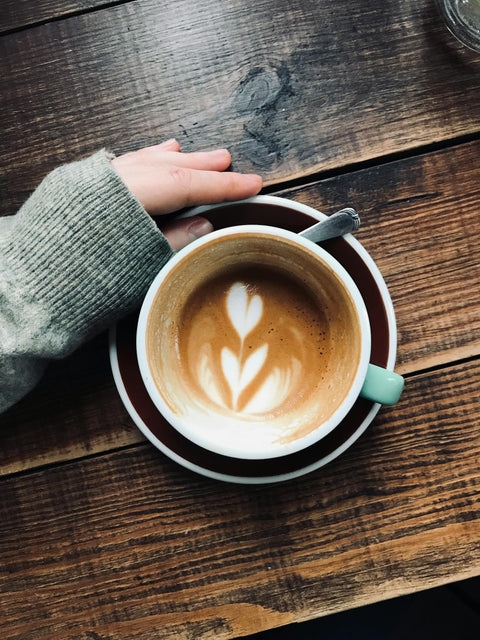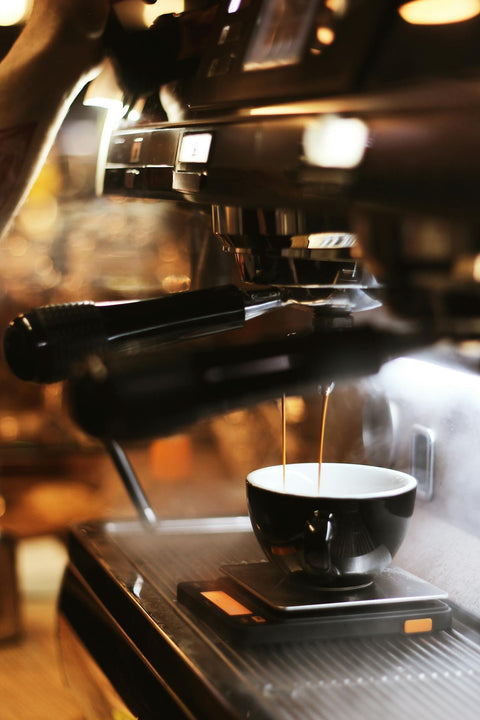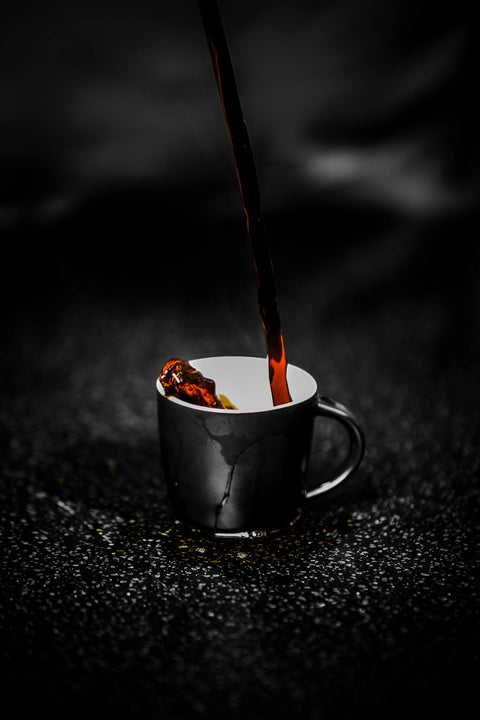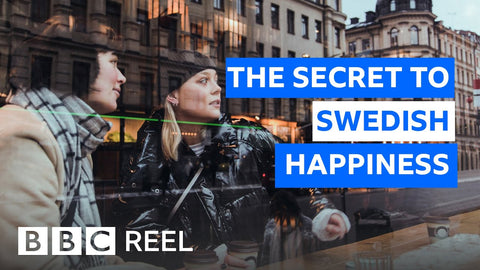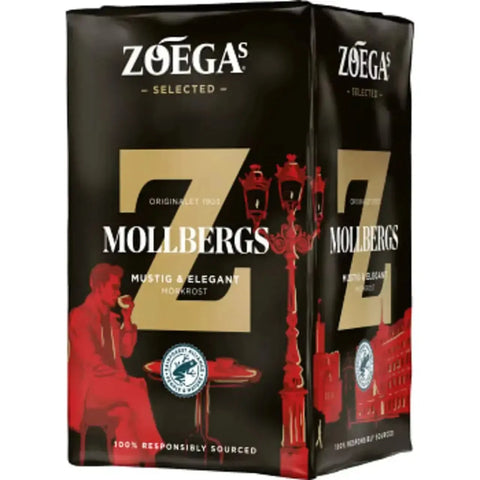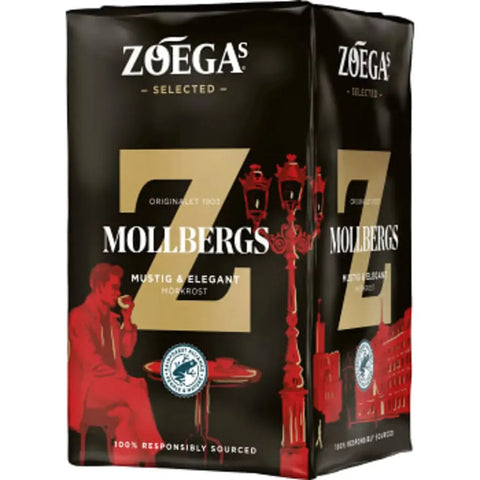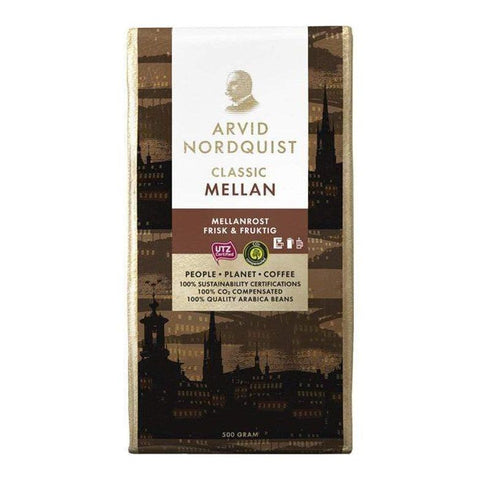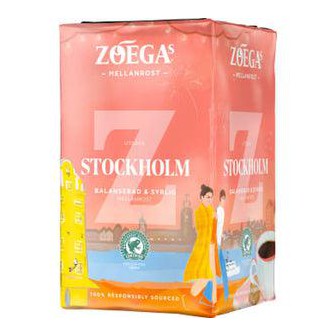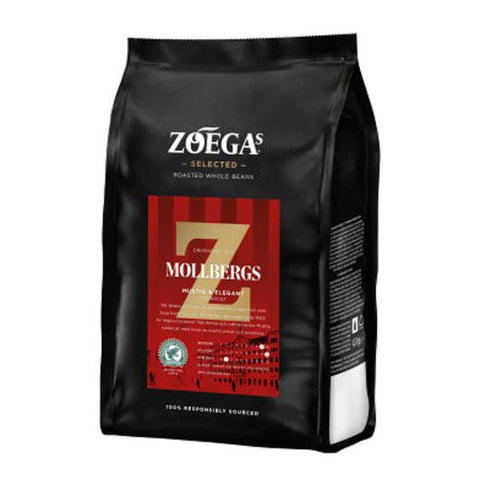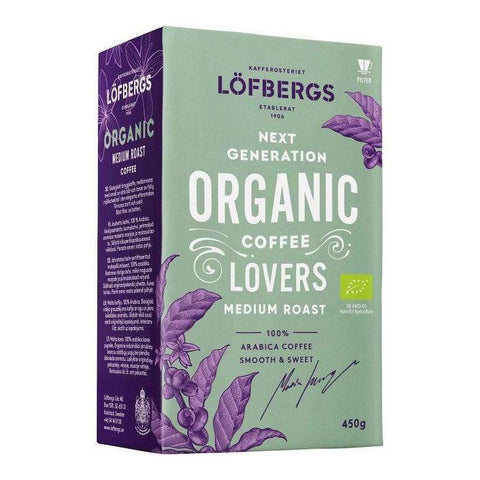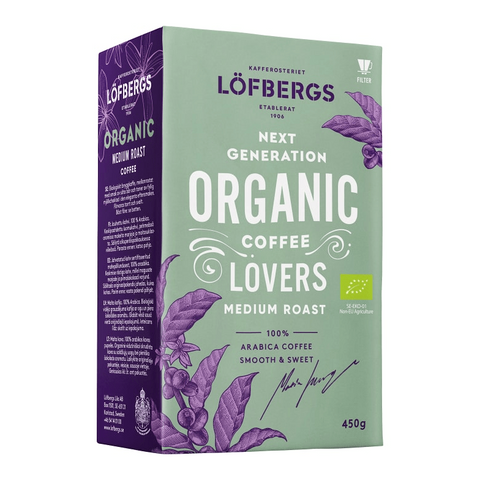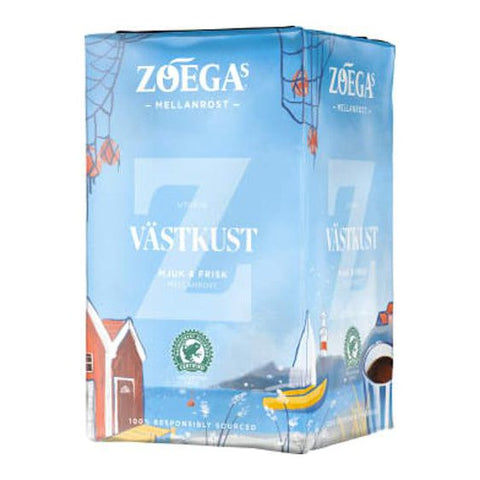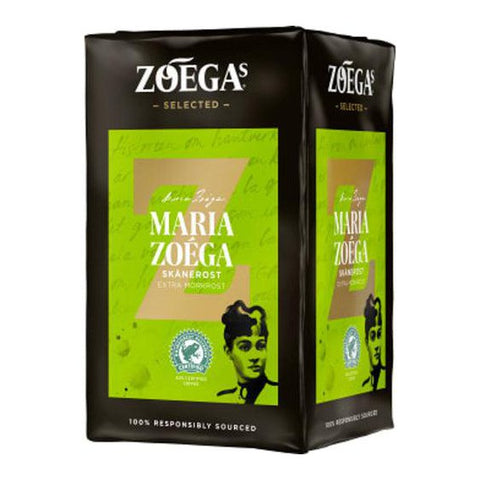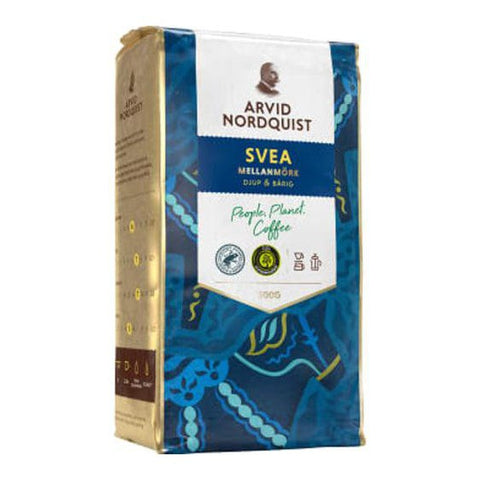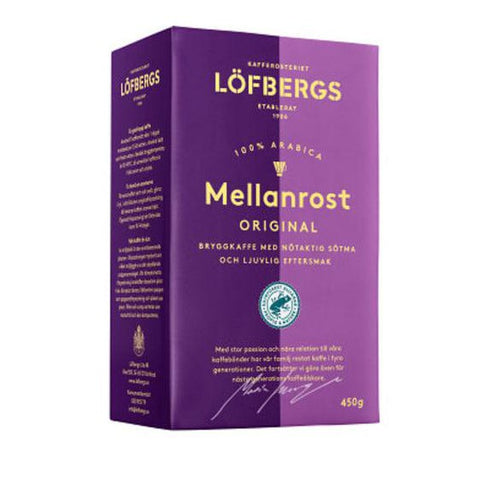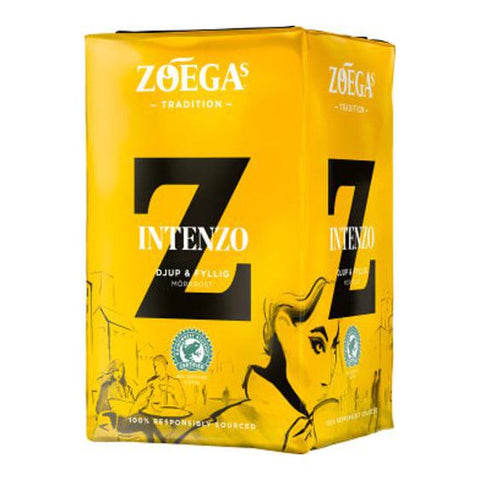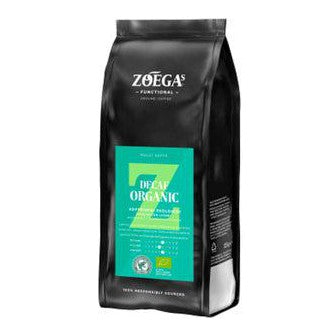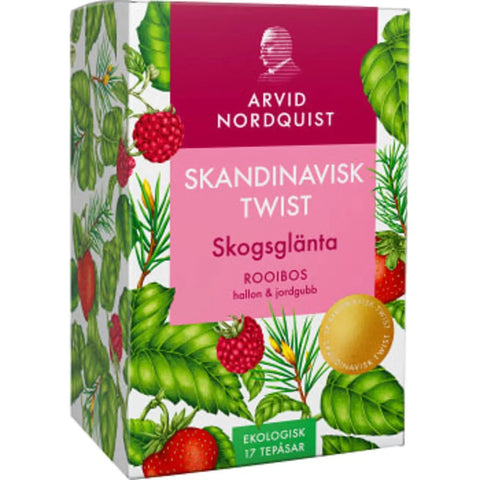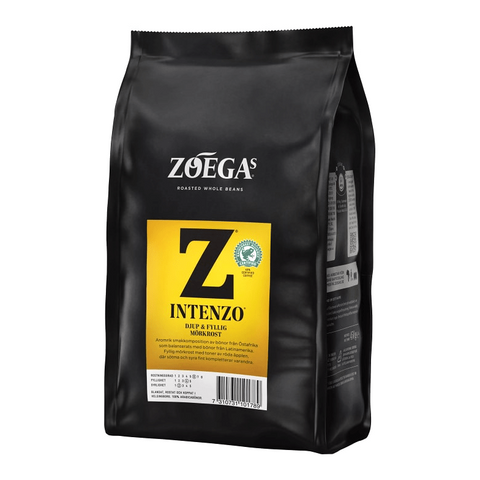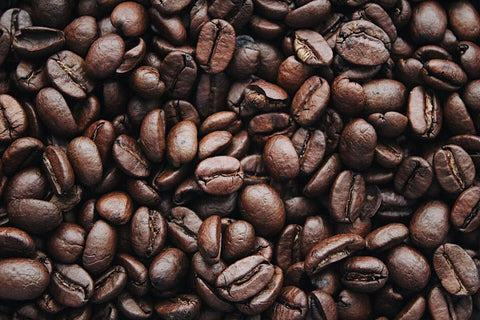

Swedish Coffee Culture: A Nation Fueled by the Perfect Brew
Coffee isn’t just a drink in Sweden—it’s a way of life. With one of the highest coffee consumption rates in the world, Swedes have a deep-rooted love affair with their daily cup. But unlike the fast-paced espresso culture of Italy or the grab-and-go coffee habits of the U.S., Swedish coffee culture is all about taking the time to truly enjoy the experience. Coffee in Sweden is more than just caffeine—it’s a ritual, a social connector, and a symbol of quality over quantity.
While many people associate Swedish coffee culture with fika—the traditional coffee break shared with pastries—the Swedish love for coffee runs much deeper. From its fascinating history to evolving trends and unique brewing preferences, Sweden has cultivated a coffee culture that blends tradition with modern innovation. Whether you prefer a simple brewed coffee or a carefully crafted espresso, Sweden offers a coffee experience unlike any other
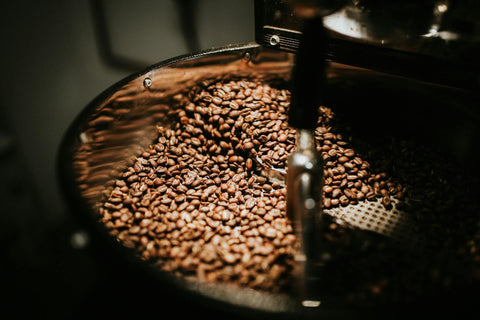
How Sweden Fell in Love with Coffee
Coffee first arrived in Sweden in the late 1600s, but it wasn’t until the 18th century that it truly became a national obsession. Initially, coffee was a luxury item, enjoyed only by the upper class in elegant salons. But as imports increased, coffeehouses began popping up across the country, serving as social hubs where people gathered to discuss politics, philosophy, and everyday life. The drink quickly became popular among all social classes, from aristocrats to laborers, and soon, coffee was an essential part of daily life.
Despite its growing popularity, coffee faced some resistance. In the late 1700s, the Swedish government actually tried to ban coffee—not once, but multiple times. Authorities feared that coffee drinking was becoming excessive and even encouraged Swedes to drink beer instead. To enforce these bans, heavy taxes were imposed on coffee and even coffee-related items like cups and saucers. However, Swedes refused to give up their beloved brew. They continued drinking coffee in secret, sometimes even smuggling beans into the country. Eventually, the government gave up on banning coffee, and from that point on, Sweden’s love for coffee only grew stronger.
By the 20th century, coffee had become a household staple. Nearly every Swedish home had a coffee pot on the stove, and people took pride in serving a strong, well-brewed cup. Over the years, Sweden’s coffee culture has evolved, but one thing has remained constant—coffee is an essential part of daily life, deeply woven into the country’s social fabric.
Coffee as a Social Experience
In many parts of the world, coffee is seen as a quick caffeine fix—something to grab on the way to work or chug down in between meetings. But in Sweden, coffee is meant to be savored. It’s not just about getting a jolt of energy; it’s about taking a moment to pause, relax, and enjoy the experience. Coffee serves as a social glue, bringing people together and creating opportunities for meaningful conversations.
At home, Swedes often drink coffee in large mugs, brewed in a simple drip coffee maker or prepared using a traditional stovetop method. Unlike the darker, bitter roasts popular in Southern Europe, Swedish coffee is typically light-roasted, allowing the natural flavors of the beans to shine through. This preference for a smoother, more aromatic brew sets Swedish coffee apart from other coffee traditions around the world.
Coffee is also an important part of the workplace culture in Sweden. Rather than gulping down a cup while working at their desks, Swedes prefer to take actual coffee breaks where they step away from work and engage with colleagues. These breaks aren’t just about drinking coffee—they’re about connection, conversation, and maintaining a balanced work-life culture. This emphasis on social interaction over rushed consumption is what makes Swedish coffee culture truly unique.
The Many Faces of Swedish Coffee
While the classic Swedish coffee experience involves a simple brewed cup, the country’s coffee culture has evolved over the years, embracing new trends and brewing methods. Today, coffee lovers in Sweden enjoy a variety of styles, ranging from traditional to modern specialty drinks.
1. Bryggkaffe – The Classic Brew
The most common type of coffee in Sweden is bryggkaffe, or brewed coffee. Made using a standard drip coffee maker, this style of coffee is smooth, mild, and easy to drink. Most Swedes enjoy it black, but some add a splash of milk or sugar for extra flavor.
2. Kokkaffe – Stovetop Brewed Coffee
Before the rise of electric coffee makers, Swedes brewed coffee using a simple stovetop method known as kokkaffe. This involves boiling coarsely ground coffee in water and letting it steep before serving. It’s an old-school way of making coffee that’s still popular in rural areas and among outdoor enthusiasts who enjoy brewing their coffee over an open fire.
3. Espresso and Specialty Coffee
While traditional brewed coffee remains the go-to choice for most Swedes, the younger generation has embraced espresso-based drinks. Cafés in major cities now serve a wide range of specialty coffee options, including lattes, cappuccinos, and cortados. Independent coffee shops have also introduced high-quality espresso drinks, crafted with precision and artistry.
4. Cold Brew and Pour-Over Coffee
As Swedish coffee culture continues to evolve, newer brewing techniques such as cold brew and pour-over coffee have gained popularity. Cold brew, which involves steeping coffee grounds in cold water for an extended period, has become a favorite among those who enjoy a smooth, less acidic coffee experience. Pour-over coffee, often associated with specialty coffee shops, highlights the intricate flavors of single-origin beans and appeals to coffee connoisseurs.
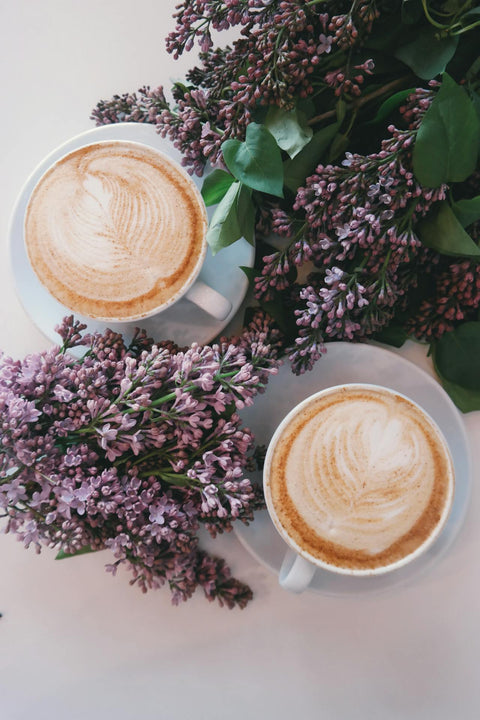
Sustainability and Ethical Coffee Choices
In recent years, Swedes have become more conscious of where their coffee comes from. Sustainability and ethical sourcing have become major priorities, with many consumers seeking out fair trade, organic, and direct-trade coffee. Swedish cafés and roasteries are increasingly focusing on eco-friendly practices, such as using biodegradable packaging and promoting reusable cups to reduce waste.
Many Swedish coffee brands prioritize working directly with farmers to ensure fair wages and environmentally responsible farming practices. This growing awareness of sustainability reflects Sweden’s broader commitment to environmental conservation and ethical consumerism. Drinking coffee in Sweden isn’t just about taste—it’s also about making responsible choices that benefit both people and the planet.
How Sweden’s Coffee Culture Stands Out
Sweden’s coffee culture is distinct from that of other coffee-loving nations, setting it apart in several key ways. In Italy and France, for example, coffee is often consumed quickly while standing at a bar, whereas in Sweden, coffee is meant to be enjoyed slowly, preferably while sitting down in a cozy setting. In the United States, coffee culture revolves around convenience, with large to-go cups dominating the market. In contrast, Sweden values quality over quantity, with an emphasis on brewing and drinking coffee in a more mindful manner.
Sweden’s balanced approach to coffee—integrating global trends while maintaining time-honored traditions—has allowed it to remain a leader in the coffee world. Swedes have embraced specialty coffee without abandoning their love for simple, well-brewed cups, ensuring that their coffee culture continues to evolve without losing its essence.
Final Sip: The True Essence of Swedish Coffee Culture
Swedish coffee culture is about more than just drinking coffee—it’s about enjoying the experience, connecting with others, and taking a break from the busyness of everyday life. Whether it’s a strong bryggkaffe at home, a carefully brewed pour-over at a specialty café, or a rustic kokkaffe enjoyed outdoors, coffee in Sweden is always more than just a beverage. It’s a tradition, a social ritual, and a reminder to slow down and appreciate the moment.
So the next time you pour yourself a cup of coffee, take a page from the Swedish playbook—sit down, take a deep breath, and truly enjoy it. ☕



